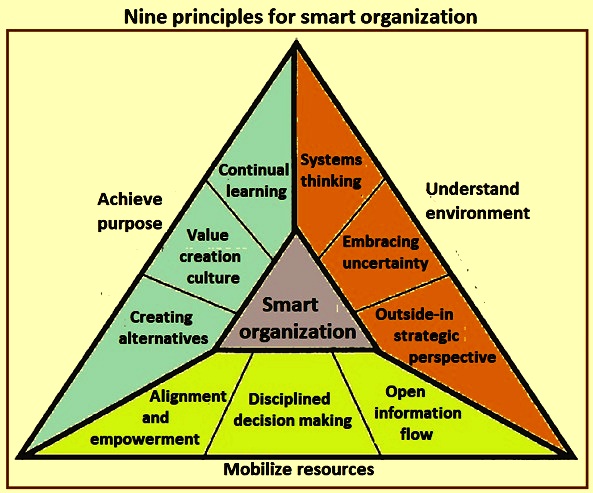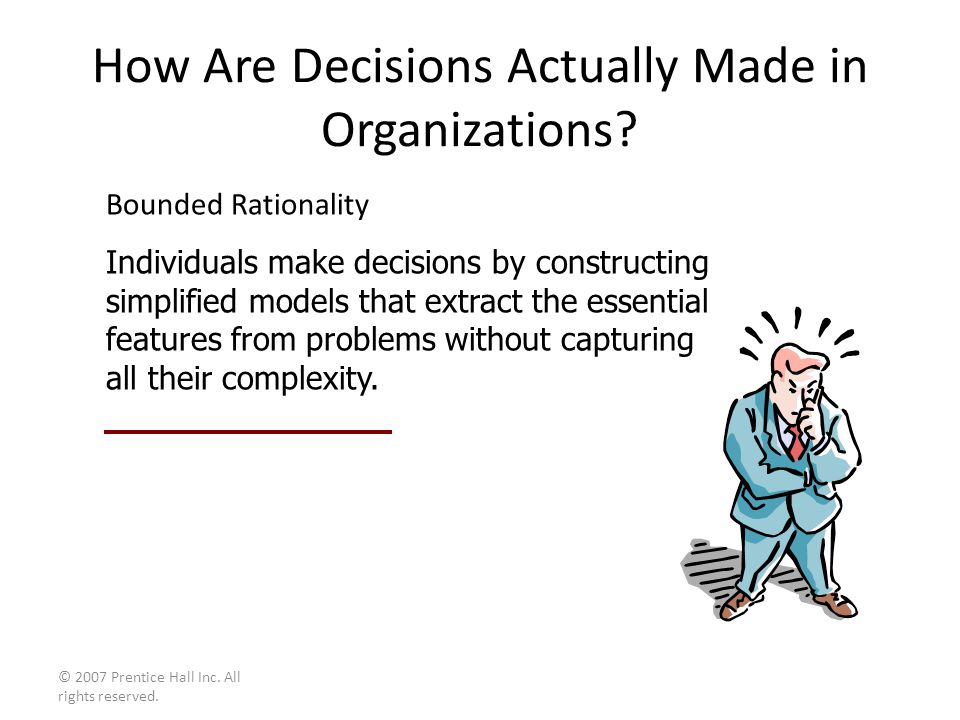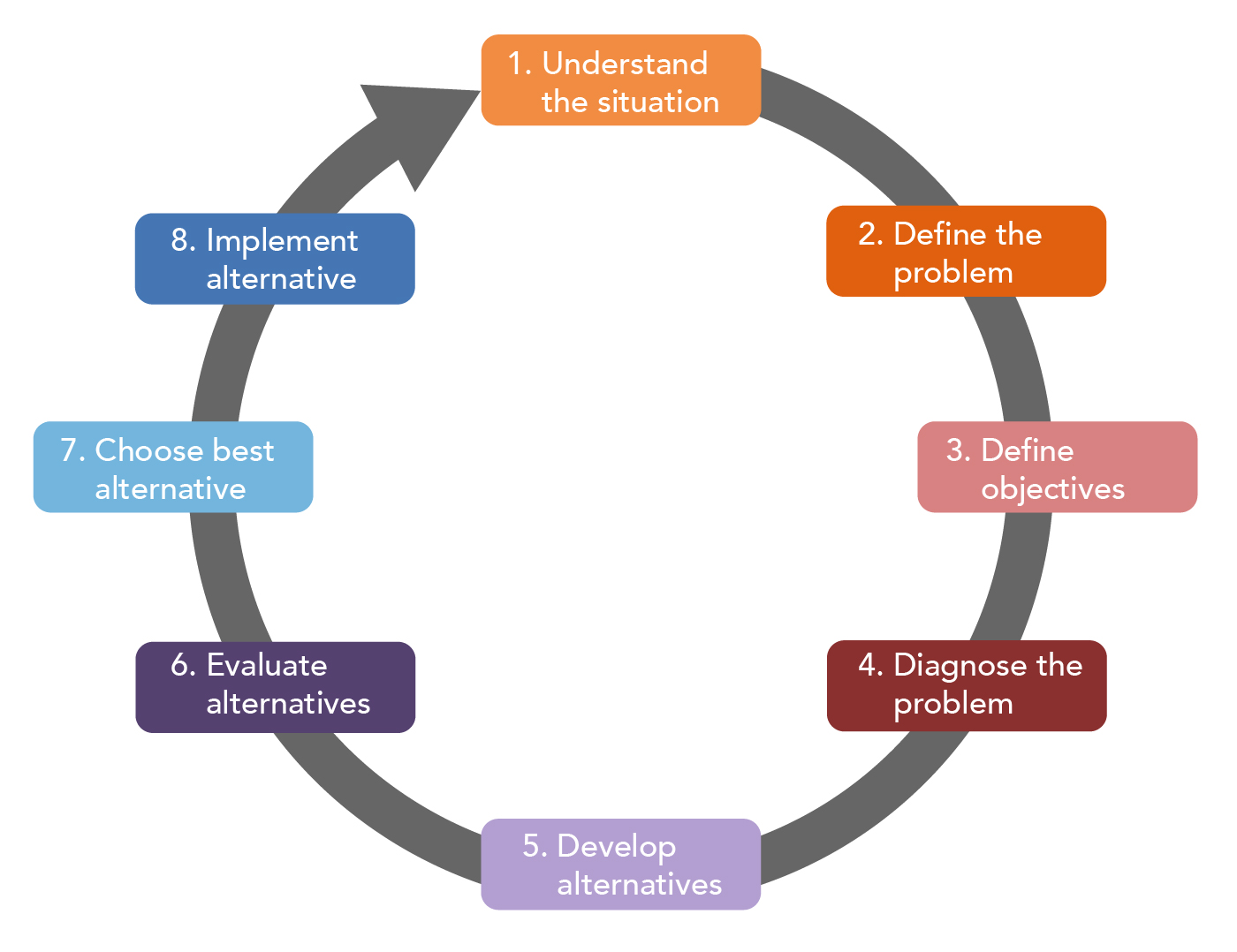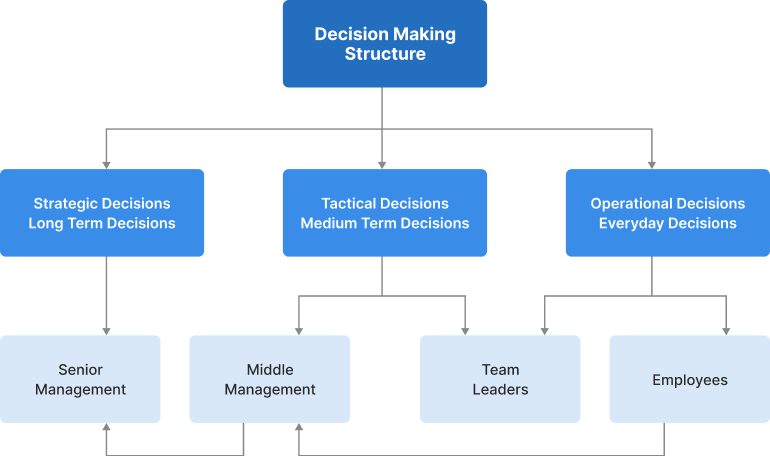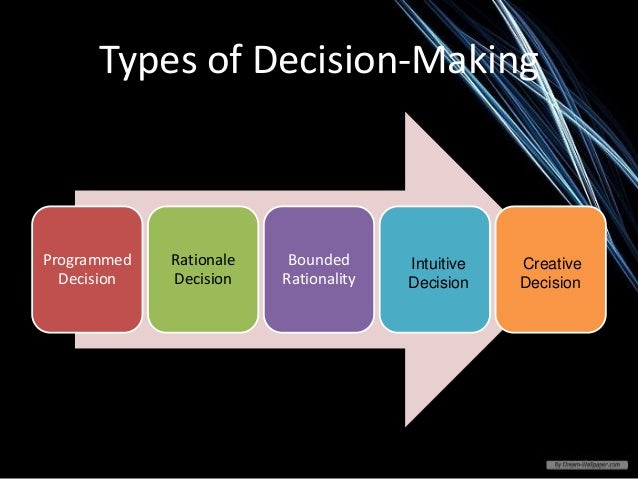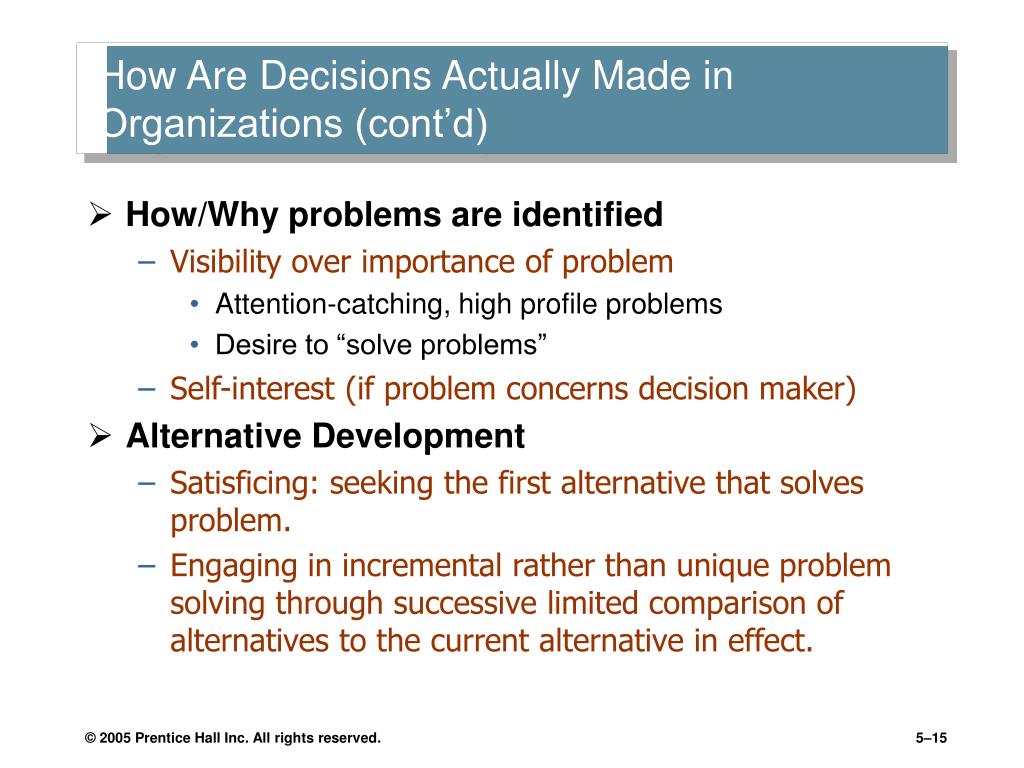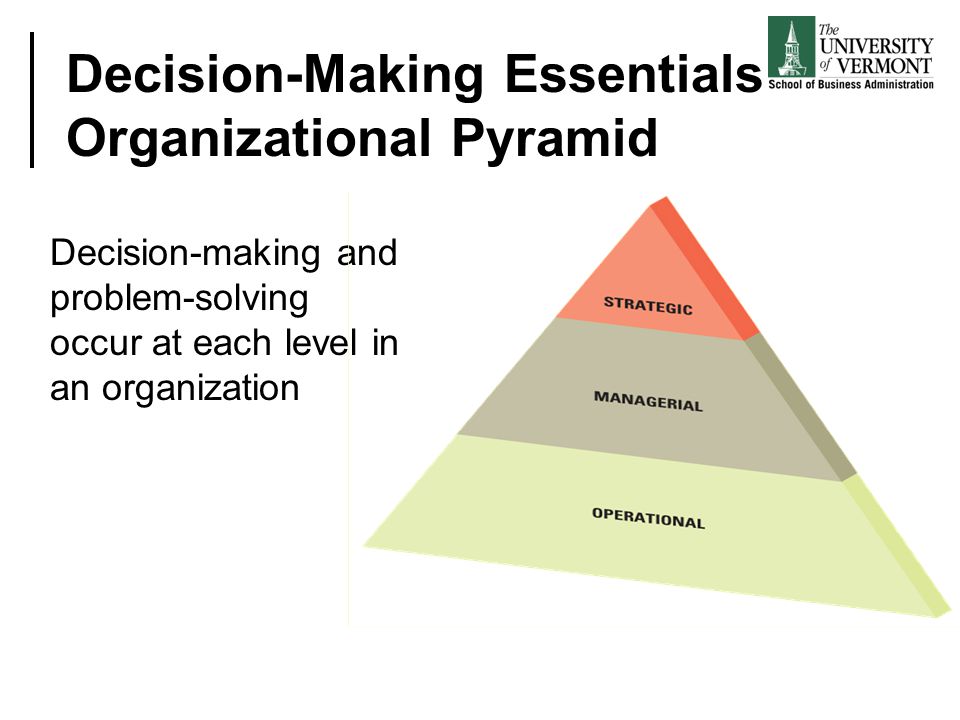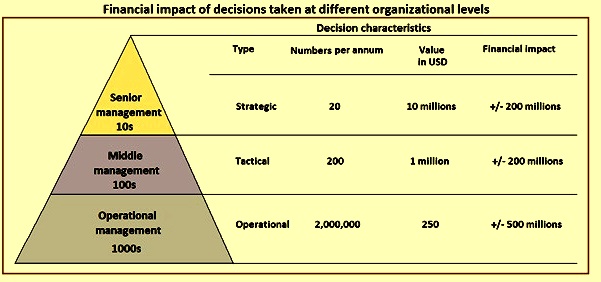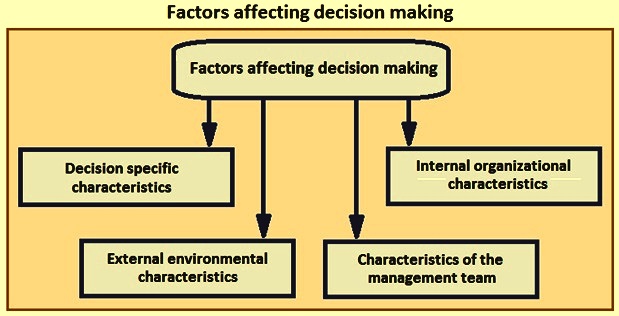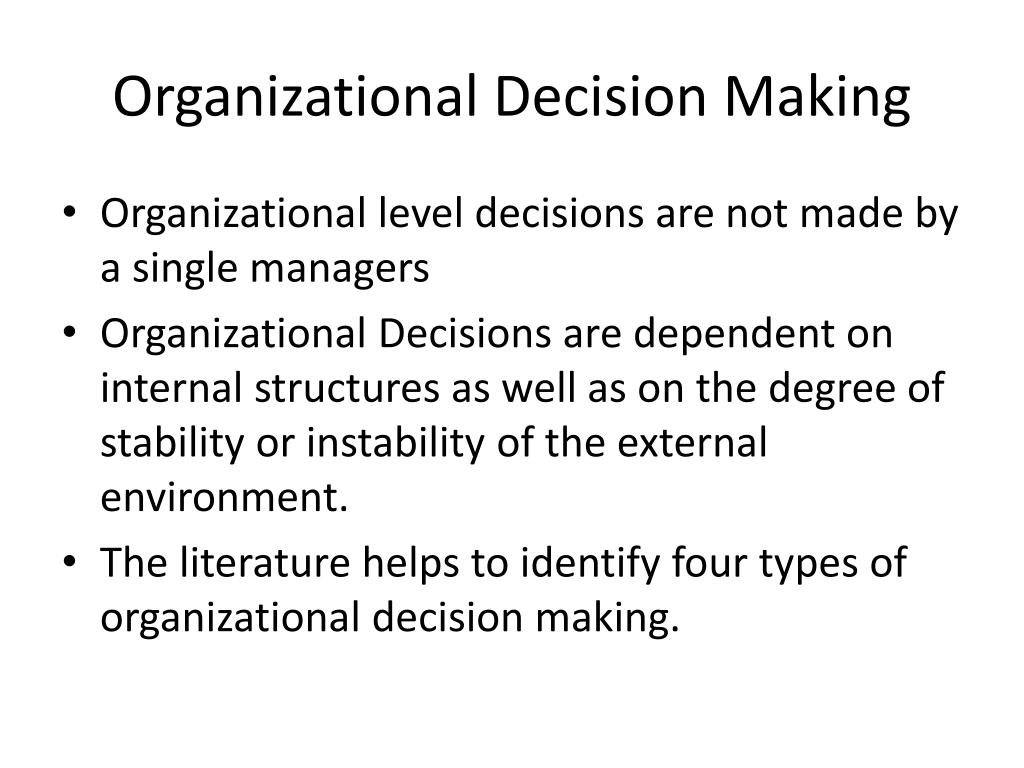How Decisions Are Made In Organizations
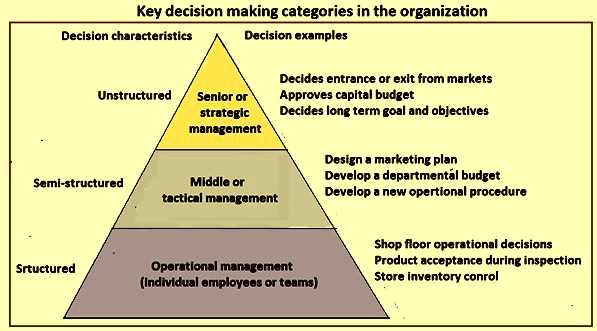
Imagine a bustling office, the air thick with anticipation. A whiteboard is covered in colorful sticky notes, each representing a different idea. People huddle in small groups, their voices a low hum as they debate the merits of each proposal. This is the heart of organizational decision-making, a complex and fascinating process that shapes the direction of any company or institution.
At its core, organizational decision-making is the process by which groups within an organization choose a course of action from a set of alternatives. It's a crucial element of organizational success, influencing everything from product development and marketing strategies to resource allocation and talent management. Understanding how these decisions are made, and the factors that influence them, is vital for anyone seeking to navigate the complexities of the modern workplace.
The Evolution of Decision-Making Models
The way organizations make decisions has evolved significantly over time. Early models, often described as rational, assumed that decision-makers were perfectly informed and objective. These models, popularized by thinkers like Max Weber, envisioned a systematic process: identify the problem, gather all relevant information, evaluate alternatives, and choose the optimal solution.
However, the real world is rarely so neat. As Herbert Simon famously argued, individuals operate with bounded rationality. Our cognitive abilities and access to information are limited, forcing us to rely on heuristics and shortcuts. This led to the development of behavioral decision-making models, which acknowledge the role of cognitive biases, emotions, and social dynamics.
Common Decision-Making Styles
Different organizations adopt different approaches to decision-making. Some favor a top-down approach, where senior leaders make decisions and communicate them down the chain of command. This can be efficient in crisis situations, but it can also stifle creativity and employee engagement.
Others embrace a more participative approach, involving employees at various levels in the decision-making process. This fosters a sense of ownership and can lead to more innovative solutions, but it can also be time-consuming and complex to manage. According to a 2023 study by the Society for Human Resource Management (SHRM), organizations with participative decision-making styles reported higher employee satisfaction and retention rates.
Another approach is consensus-based decision-making, where everyone must agree before a decision is made. While this can ensure that all voices are heard, it can also lead to gridlock if disagreements are not effectively managed.
"The key is to find a balance," says Dr. Anya Sharma, a professor of organizational psychology. "The most effective organizations use a combination of approaches, adapting their decision-making style to the specific context and the needs of the situation."
Factors Influencing Decisions
Numerous factors can influence the decision-making process within an organization. Organizational culture plays a significant role, shaping the values, beliefs, and norms that guide decision-makers. A culture of risk-taking, for example, may encourage bolder and more innovative choices, while a more conservative culture may prioritize stability and predictability.
External factors, such as market conditions, competition, and regulatory requirements, also exert a strong influence. Organizations must adapt their decisions to the changing environment to remain competitive and compliant. The availability of resources, both financial and human, is another critical factor.
Finally, individual biases and personal agendas can subtly influence the decision-making process. Recognizing and mitigating these biases is essential for ensuring that decisions are based on sound judgment and objective analysis.
The Future of Decision-Making
The rise of artificial intelligence (AI) and big data is transforming organizational decision-making. AI-powered tools can analyze vast amounts of data to identify patterns and insights that humans might miss, leading to more informed and data-driven decisions. Predictive analytics can forecast future trends and help organizations anticipate potential challenges and opportunities.
However, the human element remains crucial. AI can provide valuable information, but it cannot replace the judgment, creativity, and empathy of human decision-makers. The key is to find a way to integrate AI and human intelligence to create a more effective and balanced decision-making process.
Ultimately, effective decision-making is about more than just following a set of rules or procedures. It's about fostering a culture of open communication, collaboration, and critical thinking. It's about empowering employees to contribute their ideas and perspectives, and about creating a safe space for challenging assumptions and exploring new possibilities. When organizations prioritize these values, they can unlock their full potential and make decisions that drive positive change.
